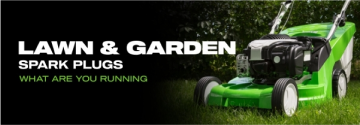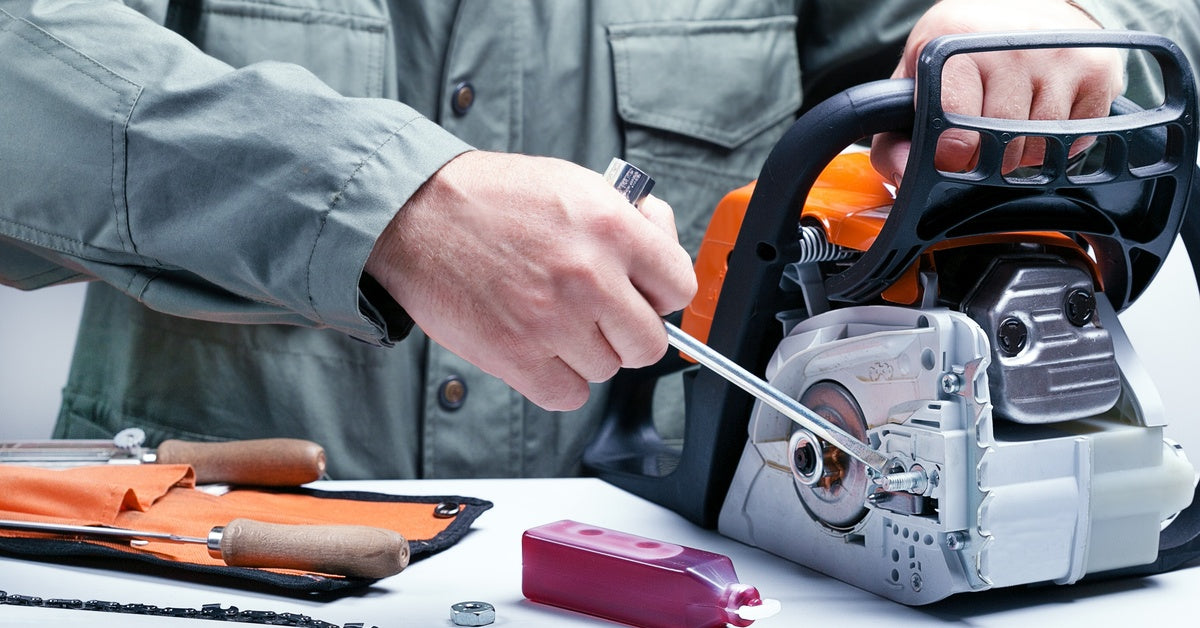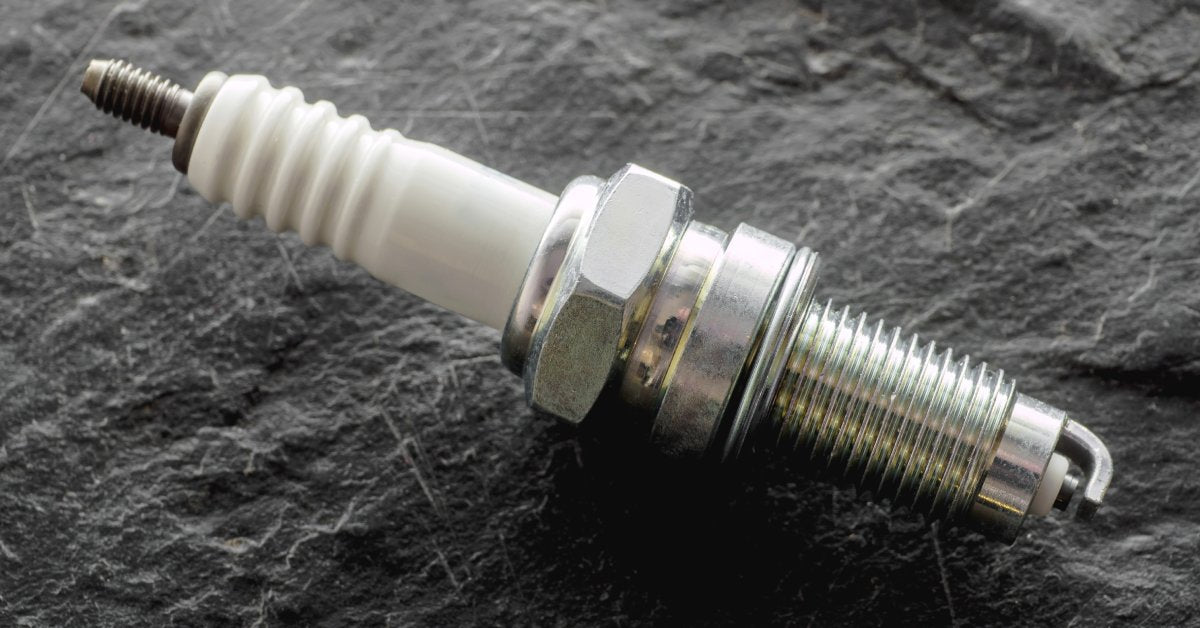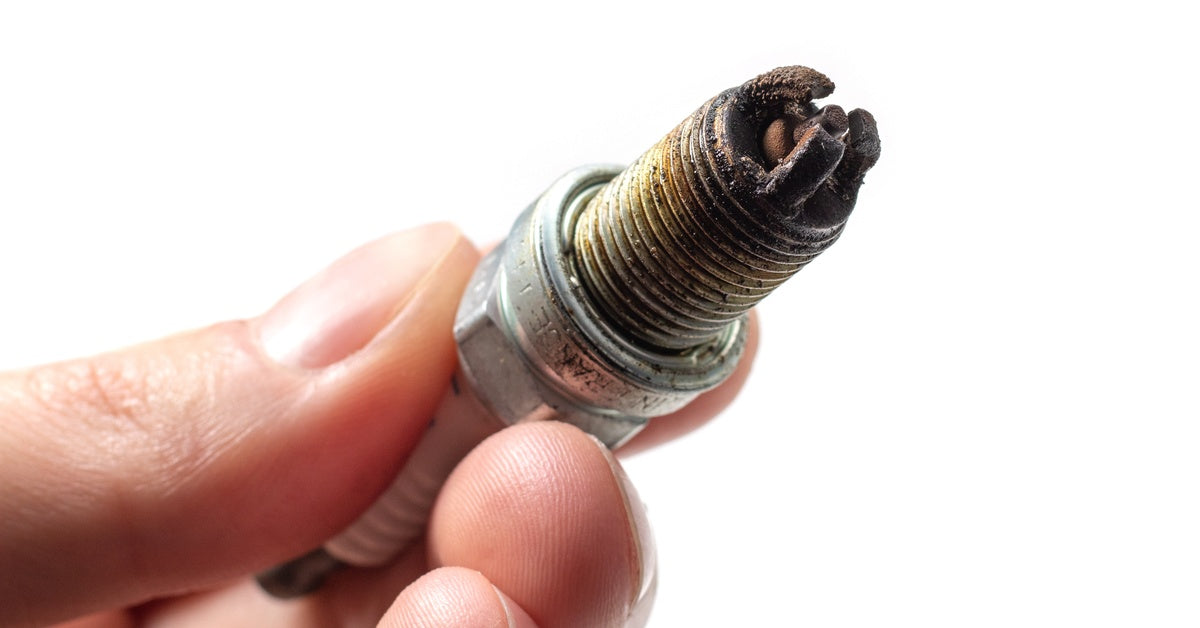
If you’ve ever searched for spark plugs, you know that the sheer range of options available may be difficult to differentiate. Terms such as “part number” and “stock number” can leave some buyers scratching their heads, but these numbers hold essential details about a spark plug’s specifications and compatibility.
This post will expand your understanding of spark plug part and stock numbers to choose the right option for your vehicle with ease. By the end, you’ll know what these numbers mean and why they’re crucial for selecting high-performance plugs.
Why Spark Plugs Have Part Numbers
Manufacturers create specific codes that describe the spark plug’s design, size, and function. Think of part numbers as shorthand for all the details that let you know if a spark plug is compatible with your vehicle. Part numbers are made up of a combination of letters and numbers. Each character in the sequence corresponds to a particular specification.
The diameter and thread size of a spark plug determine the size of its base and whether it fits your engine’s cylinder head. The plug type highlights unique design features, such as extended tips, resistors, or specialty materials. Additionally, the electrode design incorporates high-performance configurations to maximize ignition efficiency.
For most manufacturers, lower numbers indicate a hotter plug, which retains more heat, while higher numbers stand for a cooler plug, which transfers heat away more quickly.
Understanding Stock Numbers
Stock numbers simplify the buying process for distributors, retailers, and consumers. These numerical codes correspond to specific part numbers. This allows you to locate or reorder a particular product without digging into detailed specifications.
While stock numbers may appear less technical than part numbers, they’re an essential tool for inventory management and customer convenience. When buying replacement plugs, providing the correct stock number guarantees you get the exact match for your engine.
Why These Numbers Matter
Spark plug part and stock numbers aren’t something only mechanics need to know about. Choosing the wrong spark plug can affect engine performance, reduce fuel efficiency, and damage your vehicle. These numbers provide you with what you need to buy a plug that’s tailored to your engine’s specific requirements.
For high-performance vehicles or specialized machines such as ATVs, incorrect spark plug sizing or heat range could drastically reduce performance. By learning what these numbers convey, you’re safeguarding your engine’s health and optimizing its output.
How To Check Compatibility for Your Vehicle
Here are some quick tips to help you find the right spark plug based on its part and stock numbers.

Consult Your Owner’s Manual
Your vehicle’s owner’s manual will list the ideal spark plug specifications for your engine. It will include the diameter, thread size, and heat range. Matching these specs with a part number helps with proper compatibility.
Your owner’s manual may also recommend specific spark plug materials, depending on your engine’s needs. Always check the replacement interval to keep your engine running efficiently. Use a torque wrench to tighten the spark plug to the manufacturer’s specifications.
Use Online Tools
Many manufacturers provide online tools where you can input your vehicle’s make, model, and year to find suitable part options. E3 Spark Plugs also has a cross-reference tool to help you narrow down your choices. Our website makes it easy to search for products and contact us for support with your selection.
These options will save time and help you avoid guesswork by letting you choose parts that perform reliably with your specific vehicle. Always double-check compatibility before making a purchase to avoid unnecessary returns.
Check the Heat Range
Heat range is an important aspect of engine performance. Too hot, and you risk preignition; too cold, and you could experience fouling. Always choose a spark plug with the heat range specified by your engine manufacturer.
The heat range affects how fast the spark plug can transfer heat away. Using the wrong heat range can lead to poor fuel efficiency and engine damage. Regularly inspect your spark plugs to confirm they perform correctly.
Key Features of High-Performance Plugs
When choosing replacement plugs, it’s important to consider more than just size or compatibility. The design and quality of the spark plug also contribute to your vehicle’s performance.
High-performance spark plugs, such as those from E3 Spark Plugs, use advanced technology to deliver superior results. Features such as Edge-to-Edge spark discharge improve ignition efficiency, while the open ground electrode design enhances flame spread and combustion quality.
Additionally, the forward projection into the spark zone refines contact with the air-fuel mixture. Together, these innovations strengthen engine power, reduce emissions, and improve fuel economy, delivering better performance for your vehicle.
When To Replace Your Spark Plugs

It’s essential to know when to replace your spark plugs. Common signs that it’s time for maintenance include:
- Difficulty starting your engine
- Poor fuel efficiency
- Loss of power during acceleration
- Engine misfiring or rough idling
For vehicles driven in rugged conditions, such as ATVs, spark plugs may wear down faster due to high engine loads. Regularly inspecting and using compatible plugs, such as E3’s replacement ATV spark plugs, guarantees reliable performance.
Common Misconceptions About Spark Plug Numbers
Let’s quickly debunk a few assumptions people sometimes have about spark plugs.
“All Spark Plugs Work the Same”
Subtle differences in diameter, thread size, or electrode design can mean the difference between peak performance and engine issues.
“I Only Need To Match the Stock Number”
While stock numbers guide you to the correct product, you should always verify its full specifications. Cross-checking with part numbers helps you find the perfect fit.
“Any Heat Range Will Work”
The heat range must be precisely matched. Small changes can significantly affect how your engine works and how long the spark plug lasts.
Learning how to read spark plug part and stock numbers simplifies the buying process and helps you select the right part for your vehicle. These alphanumeric codes offer important details about a spark plug’s design, specifications, and purpose. If you’re ready to upgrade your spark plugs and need help choosing new ones, reach out to E3 Spark Plugs today.







